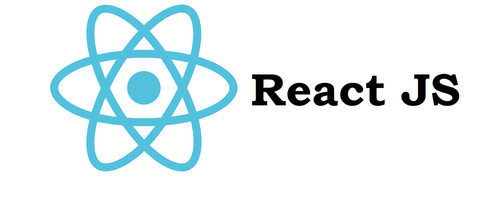In the dynamic world of web development, React has become a powerhouse for building interactive and user-friendly applications. However, one crucial aspect of web applications is ensuring the authenticity of user-provided email addresses. Email verification in React is a vital component of the user registration process. This comprehensive guide will turn you into an expert in this domain.
Why Email Verification in React Matters
Before diving into the specifics of email verification in React, it's essential to understand why it's so crucial:
User Verification: Confirm the legitimacy of user-provided email addresses to prevent fake registrations.
Communication Accuracy: Ensure that you can reach your users via email, guaranteeing smooth communication.
Security: Protect your application and its users from potential threats and unauthorized access.
The Landscape of Email Verification in React
Explore the landscape of email verification in React by delving into different aspects and best practices:
Email Validation: Learn how to validate email addresses in React, ensuring that they meet proper formatting standards.
Confirmation Links: Understand the process of sending email confirmation links to users for verifying their email addresses.
Registration Flow: Explore how email verification fits into the overall user registration flow in a React application.
Mastering Email Validation in React
The cornerstone of email verification is proper email validation. This section will elaborate on how to achieve this in a React application:
React Libraries: Discover React libraries that can simplify email validation and integration into your application.
Custom Validation: Learn how to create custom email validation logic tailored to your project's unique requirements.
Real-Time Validation: Explore techniques for real-time email validation, offering users immediate feedback.
Sending Confirmation Links
Sending confirmation links is an integral part of email verification. This section provides detailed insights:
Token Generation: Understand how to generate unique tokens for email confirmation links in React.
Link Delivery: Explore various methods for delivering confirmation links to users securely.
Verification Process: Walk through the steps of users clicking on confirmation links and verifying their email addresses.
Building a Seamless User Registration Process
Email verification should seamlessly integrate into your user registration process. Here's how to achieve this:
User Experience: Ensure a smooth and intuitive user experience during the registration and verification process.
Error Handling: Implement effective error handling to guide users in case of verification issues.
Database Integration: Learn how to store and manage user data in your React application's database.
Commonly Asked Questions
Answering the most frequently asked questions about email verification in React:
1. Is email verification essential for all React applications?
Understand when and why email verification is crucial, and when it might be optional.
2. What are the security considerations when implementing email verification in React?
Learn about best practices for securing email verification processes and user data.
3. How can I handle cases where users don't receive confirmation emails?
Discover strategies for addressing issues related to email delivery and user experience.
4. Are there third-party services that can simplify email verification in React applications?
Explore third-party services that can streamline the email verification process.
Conclusion
Mastering email verification in React is a valuable skill that will enhance the functionality and security of your web applications. With this comprehensive guide, you've gained the knowledge to validate emails, send confirmation links, and create a seamless user registration process. Your React applications will now be more user-friendly and robust, providing a secure and enjoyable experience for your users.



